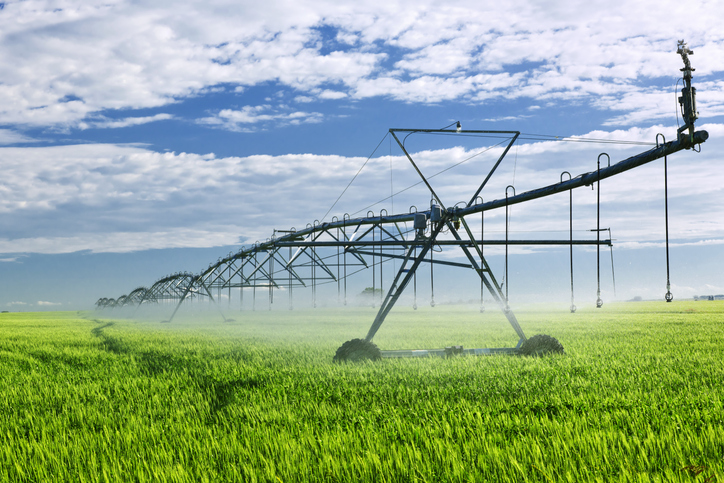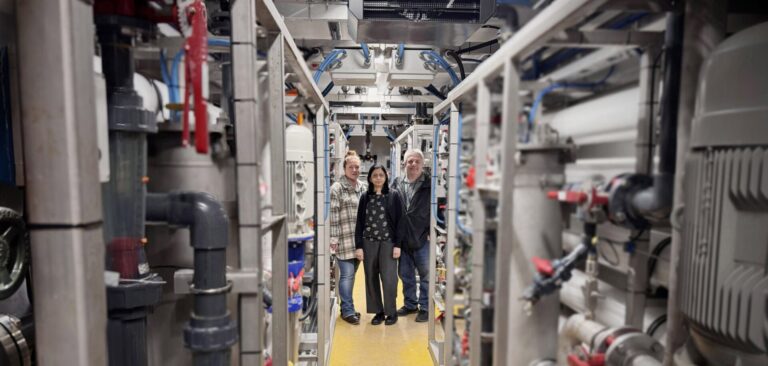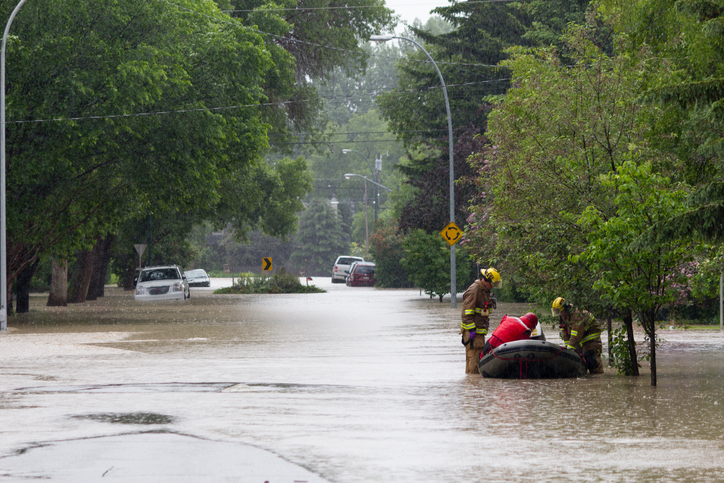The International Joint Commission Great Lakes Water Quality Board’s 2024 Great Lakes Regional Poll results reveal that a continued increasing majority of respondents share common beliefs about the value of protecting the Great Lakes. They also recognize the essential role of ecosystem health and water quality in supporting the region’s economy and quality of life.
The board’s telephone poll is a random, representative sample of more than 4,500 Canadians and Americans. More than 10 per cent of respondents identify as Indigenous with First Nations, Métis or Tribal affiliations. Previous public opinion polls were conducted for the board in 2015, 2018 and 2021.
Poll results are published on the Great Lakes Water Quality Board website and include a media toolkit with animations and graphics of key findings with suggested text for sharing on social media.
Key findings:
- Respondents expressed nearly unanimous support (96%) for the importance of government investment in Great Lakes protections.
- More than 9 in 10 respondents (94%) believe it is important to protect the Great Lakes, increasing steadily over time since 2015 (85%).
- Four in 5 (80%) respondents agree the region’s economy will suffer if the Great Lakes are not healthy.
- Opinions on the overall status and trend of Great Lakes water quality and ecosystem health are mixed, with views varying lake-by-lake.
- Invasive species and pollution seen as the top challenges that pose negative impacts to the health of each lake; algal blooms were a top issue in Lake Erie.
- First Nations, Métis and Tribal Nation members were significantly more concerned about their drinking water sources and a majority (59%) are concerned about Great Lakes water quality affecting species of cultural importance.
- Climate change is widely viewed as a source of increasing pressure on the Great Lakes (90%), along with concerns about climate impacts on Great Lakes water quality (83%), water quantity (77%) and community well-being (81%).









